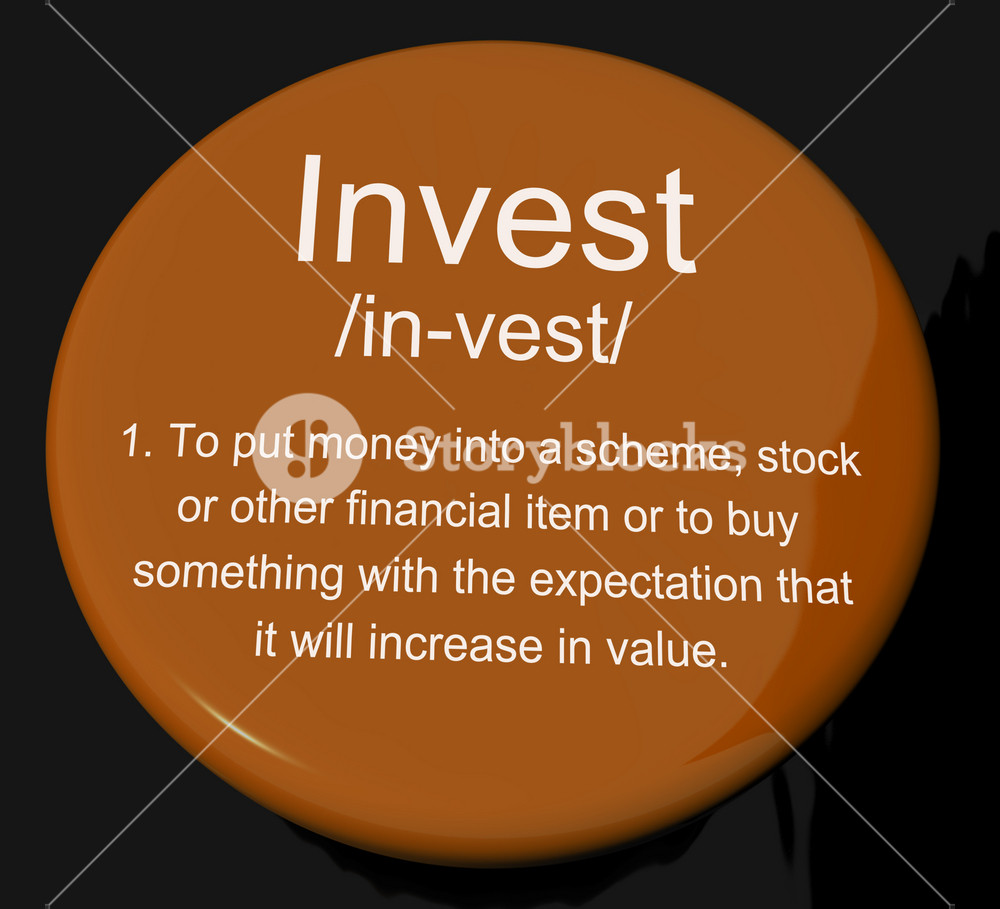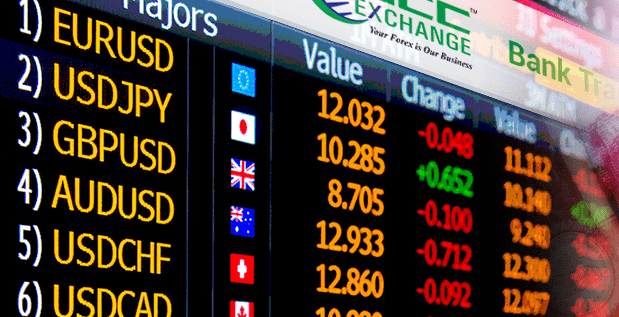
You'll soon realize the importance of understanding Forex terminology and jargon when you begin learning about it. You will also learn about the Bid -Ask spreads, lot sizes, and currency pairs. You'll be able to trade in foreign currency markets once you have mastered all these terms. Once you have the basic concepts down, you can move on to other important details, such as leverage.
Spread bid-ask
The Bid/Ask Spread, also called "FX spread", measures the difference between a asset's asking and asking price. Spread is a measure of the cost to immediacy. In unstable economies with high inflation and unsteady monetary policies, the spread is often higher. Because of this, dealers will perceive the currency as a high-risk investment. Therefore, buyers will prefer to buy at a lower price to offset the higher risks. In this way, the bid/ask spread will grow and trade volumes decrease.

Lot size
There are many different kinds of lots. Each type has its own benefits and disadvantages. The standard lot is one hundred thousand euros worth of currency. A trader used to invest one pip per ten cents in base currency. However, today, leverage has made it possible to lend a broker money based on margin and this has led to the introduction of different lot sizes such as the nano lot. Nano lots are only available with a few forex brokers.
Currency pairs
If you are new to forex trading, you might not know the best way to trade currency pairs. Price of currency pairs is dependent on supply and demande. Sometimes central banks intervene to regulate them. If the price fluctuation is severe enough to cause serious economic disruption, central banks will intervene. In other words, supply or demand is the difference between the economic and financial requirements of market participants from different countries. You can forecast the prices of currency pairs and then choose which one to trade.
Leverage
For you to open a Forex broker account, you must have a minimum capital. This minimum capital is known as margin. The leverage offered by Forex brokers can vary, with some offering up to 100 times the leverage. That means that a trader can open a standard lot of $1,000 by using a margin of just 1%. This means that you need to be very careful about managing your money as you may lose all of it.
Currency fluctuations
Currency values are affected differently by different factors. Demand and supply are the main factors that affect currency value fluctuations. The more information you have about these factors the better your forecasts will be. It is possible to make informed investments by knowing the factors that affect currency values. This article will address some of these most prevalent factors that affect currency prices. Below are some useful tips to help trader make smart decisions. Currency fluctuations are natural parts of forex trading.

Changes in the economy can have a negative impact on currencies
The value of a country's currency is affected by several factors, including the level of inflation. A currency's value can be affected by its inflation rate. For instance, a high level of inflation can reduce its purchasing power, leading to currency depreciation. In the case of Mexico's peso, a 20% inflation rate between 1986-87 resulted in a sharp fall in its exchange rate. This resulted in a decline in peso demand on foreign exchange markets from D0 to D1, and an increase in peso supply.
FAQ
How can I select a reliable investment company?
It is important to find one that charges low fees, provides high-quality administration, and offers a diverse portfolio. Fees vary depending on what security you have in your account. Some companies don't charge fees to hold cash, while others charge a flat annual fee regardless of the amount that you deposit. Others charge a percentage of your total assets.
You also need to know their performance history. You might not choose a company with a poor track-record. Avoid companies that have low net asset valuation (NAV) or high volatility NAVs.
You also need to verify their investment philosophy. To achieve higher returns, an investment firm should be willing and able to take risks. If they're unwilling to take these risks, they might not be capable of meeting your expectations.
Why is a stock called security.
Security is an investment instrument that's value depends on another company. It may be issued either by a corporation (e.g. stocks), government (e.g. bond), or any other entity (e.g. preferred stock). If the asset's value falls, the issuer will pay shareholders dividends, repay creditors' debts, or return capital.
How Does Inflation Affect the Stock Market?
Inflation affects the stock markets because investors must pay more each year to buy goods and services. As prices rise, stocks fall. Stocks fall as a result.
What are the benefits to owning stocks
Stocks are more volatile than bonds. The value of shares that are bankrupted will plummet dramatically.
If a company grows, the share price will go up.
For capital raising, companies will often issue new shares. This allows investors buy more shares.
Companies borrow money using debt finance. This gives them cheap credit and allows them grow faster.
Good products are more popular than bad ones. Stock prices rise with increased demand.
Stock prices should rise as long as the company produces products people want.
Are stocks a marketable security?
Stock is an investment vehicle which allows you to purchase company shares to make your money. This is done via a brokerage firm where you purchase stocks and bonds.
Direct investments in stocks and mutual funds are also possible. There are more mutual fund options than you might think.
The difference between these two options is how you make your money. Direct investment is where you receive income from dividends, while stock trading allows you to trade stocks and bonds for profit.
Both cases mean that you are buying ownership of a company or business. However, if you own a percentage of a company you are a shareholder. The company's earnings determine how much you get dividends.
Stock trading gives you the option to either short-sell (borrow a stock) and hope it drops below your cost or go long-term by holding onto the shares, hoping that their value increases.
There are three types stock trades: put, call and exchange-traded funds. You can buy or sell stock at a specific price and within a certain time frame with call and put options. Exchange-traded funds are similar to mutual funds except that instead of owning individual securities, ETFs track a basket of stocks.
Stock trading is very popular since it allows investors participate in the growth and management of companies without having to manage their day-today operations.
Although stock trading requires a lot of study and planning, it can provide great returns for those who do it well. If you decide to pursue this career path, you'll need to learn the basics of finance, accounting, and economics.
Statistics
- The S&P 500 has grown about 10.5% per year since its establishment in the 1920s. (investopedia.com)
- Our focus on Main Street investors reflects the fact that American households own $38 trillion worth of equities, more than 59 percent of the U.S. equity market either directly or indirectly through mutual funds, retirement accounts, and other investments. (sec.gov)
- For instance, an individual or entity that owns 100,000 shares of a company with one million outstanding shares would have a 10% ownership stake. (investopedia.com)
- Even if you find talent for trading stocks, allocating more than 10% of your portfolio to an individual stock can expose your savings to too much volatility. (nerdwallet.com)
External Links
How To
How to Trade on the Stock Market
Stock trading can be described as the buying and selling of stocks, bonds or commodities, currency, derivatives, or other assets. Trading is French for traiteur, which means that someone buys and then sells. Traders purchase and sell securities in order make money from the difference between what is paid and what they get. This is the oldest type of financial investment.
There are many methods to invest in stock markets. There are three types of investing: active (passive), and hybrid (active). Passive investors watch their investments grow, while actively traded investors look for winning companies to make a profit. Hybrid investors use a combination of these two approaches.
Passive investing can be done by index funds that track large indices like S&P 500 and Dow Jones Industrial Average. This is a popular way to diversify your portfolio without taking on any risk. You just sit back and let your investments work for you.
Active investing is the act of picking companies to invest in and then analyzing their performance. An active investor will examine things like earnings growth and return on equity. They then decide whether or not to take the chance and purchase shares in the company. They will purchase shares if they believe the company is undervalued and wait for the price to rise. On the other hand, if they think the company is overvalued, they will wait until the price drops before purchasing the stock.
Hybrid investing combines some aspects of both passive and active investing. A fund may track many stocks. However, you may also choose to invest in several companies. In this instance, you might put part of your portfolio in passively managed funds and part in active managed funds.